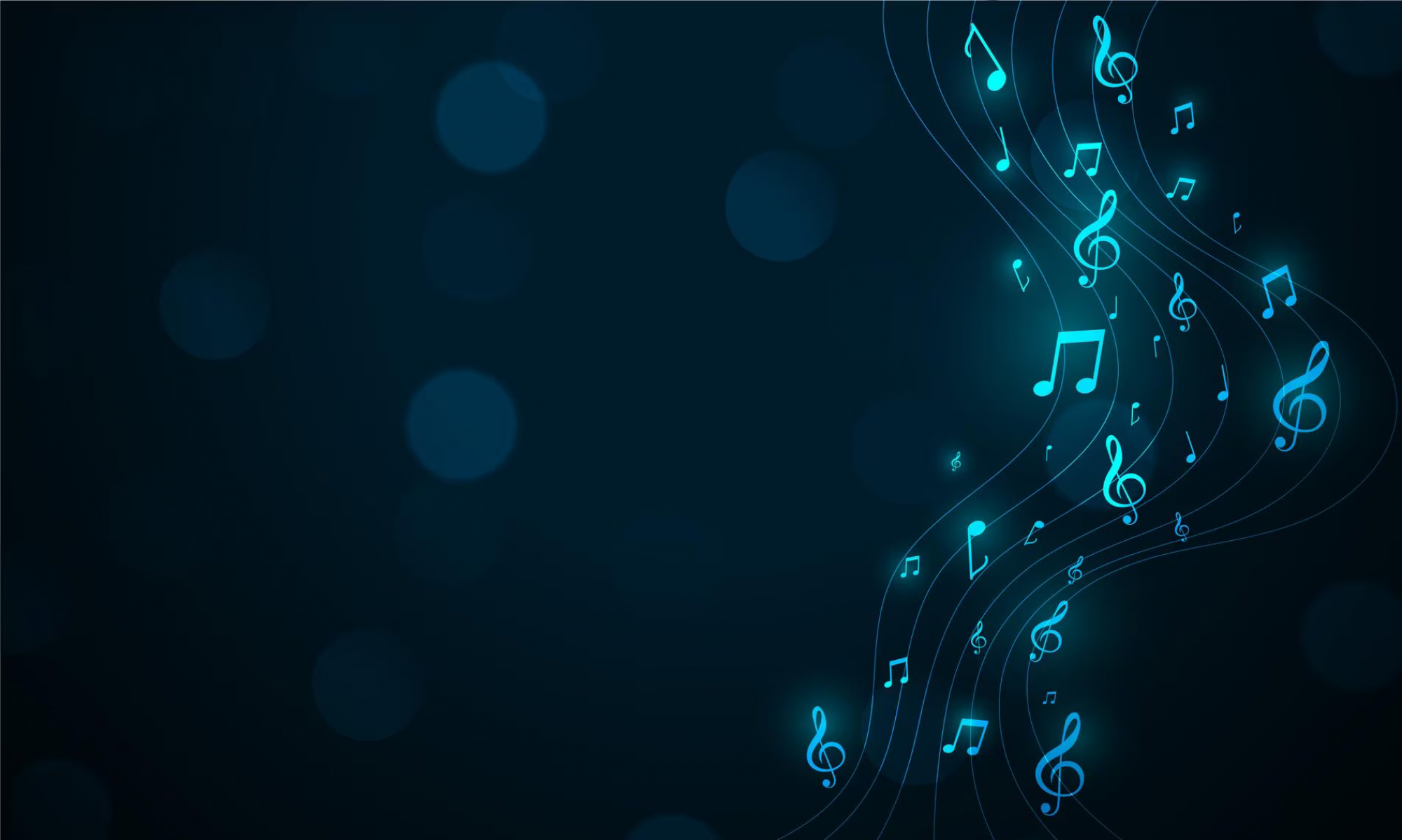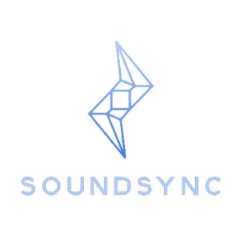Over the course of two weeks, we worked on our Design Report, met with Dr. Roger Dannenberg, and began initial setup of the Google Board. After discussing Dr. Dannenberg’s past work in audio alignment, we realized that audio alignment can be incredibly more robust than the use of eye-tracking. Dr. Dannenberg worked on a project in the 1980s where lines of sheet music would display on a computer screen to match the user was currently playing. There was no page turning here, but it is pretty similar to what we are trying to achieve. In this project, Dr. Dannenberg only used audio alignment to figure out where the user is currently located and to display the correct corresponding lines of music. Dr. Dannenberg showed us an old video demonstration of his system, and it was incredibly accurate. This showed us that the addition of eye-tracking could or could not have great significance on our system performance. This new information potentially changes the use of Eye-Tracking. For example, we planned to use head-tracking for override cases, such as the user turning their head to the right to indicate to flip the page to the right. However, it is too early to foresee how impactful the Eye-Tracking component will be. We still plan to proceed with implementing Eye-Tracking for our system just to measure how much improvement there will be in the system performance.
Currently, there are no changes that have been made for the design. However, our conversation with Dr. Dannenberg gave us confidence in using audio alignment as our main form of tracking the user’s performance. Additionally, we finally got our hands on a Google Coral Dev Board, and we have successfully flashed this board.

